|
I don’t go to the British Museum very often. Don’t get me wrong I like it very much but it is enormous and overwhelming and while I am there I often have the sensation that I am missing out. Like all such museums it has its relatively quiet areas, and the enlightenment gallery that leads off the Great Court is often relatively quiet. The Hokusai exhibition is half way up the central rotunda, housed in a space I didn’t even know existed. I went early one Friday morning and it was still quite crowded. This is going to be a popular show. The exhibition itself treads the familiar path of taking you roughly chronologically through Hokusai’s life. There are a couple of things that make this slightly different. Firstly you don’t see Japanese art of this quality and in this amount that often in Europe. Secondly Hokusai really hit the big time in his 60s and so the preponderance of the work on display comes from his later life. There is quite allot though as he was active and painting until he died, in his late 90s. Still it is refreshing to see the work of an older artist. The exhibition can basically be split into three types of work: The woodblock prints for which he is justly famous, silk paintings, and drawings or notebooks. Incidentally the exhibition also told me the origin of the word Manga. It means a quick or informal sketch. So there you go. And indeed you can quickly see a style and form that is very familiar if you are aware of Manga. These note books are in fact wood book printed instruction books and include examples of birds, flowers etc and are produced for students. There are some also some illustrated black and white books, which look very like modern Manga (apart from the cover). In addition to this there are some informal sketches. Hokusai had a habit of doing morning demonic drawings which he threw out the window to bring good luck. His students and his daughter would go and get them and keep them. There was a very good one of this dragon like demon figure. There are some also informal pictures. My favourite is a self portrait of Hokusai in his 80s. He looks like an entertaining man, full and life and mischief. The silk scrolls are often very formal paintings, often with a religious theme. Dragons swirling smoke like up the screen quite often as Hokusai was born in the year of the dragon. . These are always long thin pieces, in traditional Japanese painting, perspective is shown by having things that are further away higher up the painting. Nature features often too and these were ones I prefer. The colours are quite vivid and the display is often almost cartoonish in their presentation. You see more and more where the manga and modern Japanese comic tradition comes from. The wood block prints form the bulk of the exhibition. Mount Fuji is a prominent feature. In his 60s Hokusai produce a series of images of Mount Fuji and these established his fame and fortune. He has the mountain in different seasons and different lighting conditions. There is a beguiling simplicity about them and a very effective use of blue, Hokusai being a pioneering user of Prussian blue a colour he used with consummate skill. He also used the western perspective tradition so you have this superb synthesis of traditions. The mountain also appears in the background, giving a setting to some other activity, people washing rice, just looking at the mountain and of course most famously trashing their fishing boats against an enormous wave the title piece of the exhibit. While being perhaps the most famous picture it was not the only one. There was some interesting stuff on how wood blocks are made an original drawing (of which a few survive) which is used as a template to etch out the pattern in the wood block. The drawing is destroyed in the process and a number of different wood blocks are needed to get the various layers in the drawing, background, foreground, detail etc. In addition then to the mountain there are scenes of people working such as this one below of people crossing rivers (below right), flowers and birds. Bridges are quite a common theme I suppose because they work well aesthetically. Hokusai had quite a few children and one of them, his daughter Katsushika Ōi was a consummate artist in her own right, looked after and assisted her father. There are a couple of her pieces no display. The suggestion is that towards the end of his life she assisted and possibly even completed entirely the work which he merely signed. Looking at the later work I think this is certainly the case. You can see a subtle shift in style to work that looks more like hers. It is unfortunate that she did not get the credit she deserves but it was ever those. The exhibition is on until 13th August 2017. Afterwards, while it is still all fresh in your mind I suggest you nip along to the House of Illustration. There they are showing the original drawings and paintings used in the background of famous anime movies such as Ghost in the Shell, Millennium and Patlabor in an exhibition called Anime Architecture. If you are a fan of these things or not it is fascinating. There are these very detailed architectural pencil sketches and concept art which leads to the original finished background paintings used in the animation themselves. You can see not only in the style but in the brooding use of blues how the influence of people like Hokusai still reverberates in the modern day. More synergistically these frames are built up in several layers with a background and then more elements put on in the foreground to give extra depth on shooting, much like a woodblock. They are artistically superb and I marveled at the detail and skill used in producing these things. The exhibition culminates in a screen showing shots with the original backgrounds you have just been looking at in them. Well worth it.
Incidentally on the 19th August I am having an exhibition:
0 Comments
Leave a Reply. |
Archives
June 2024
Categories |



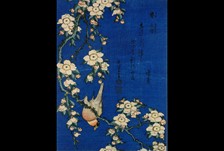



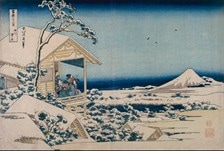
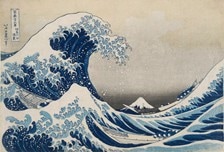
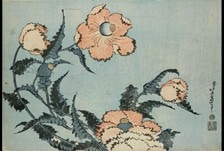
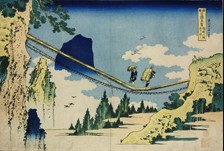
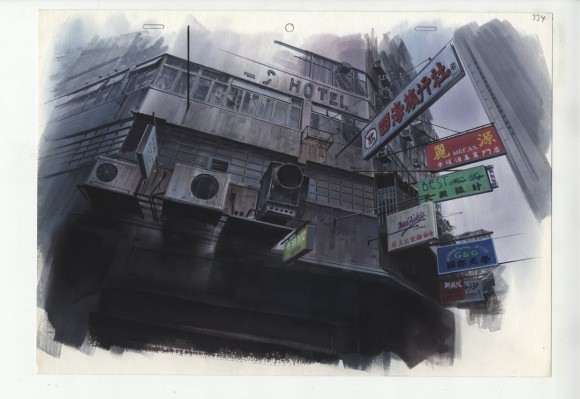


 RSS Feed
RSS Feed